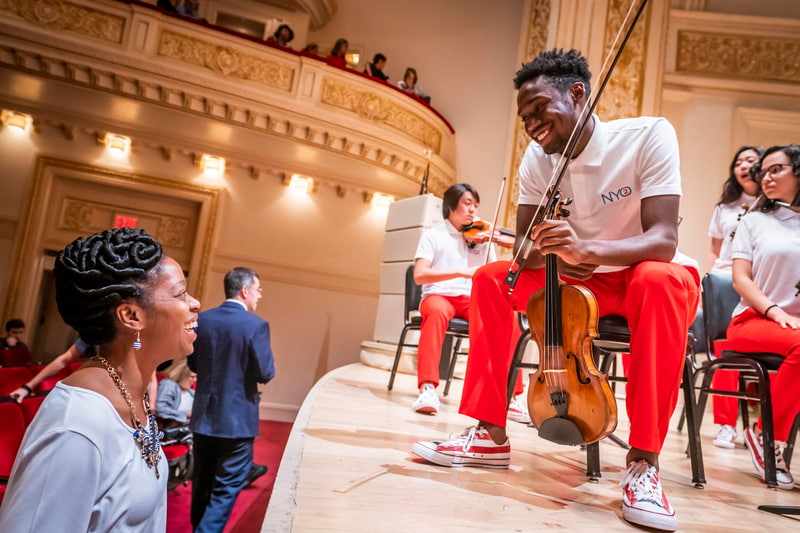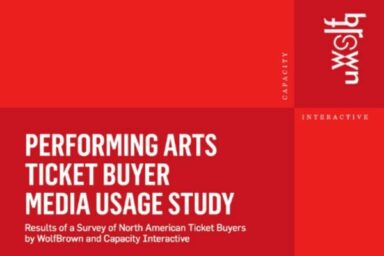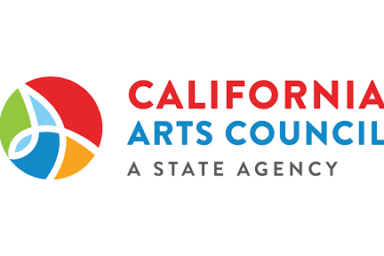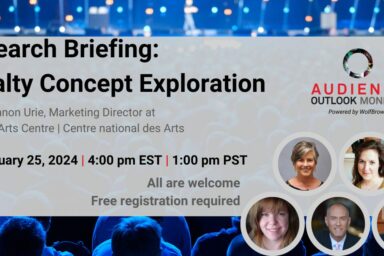Team: Dr. Dennie Palmer Wolf, Henry Clapp, Dr. Steven John Holochwost, Matthew Garcia, and Haeun Moon
The air is full of commitments to increasing diversity, inclusion, and belonging for young people. Yet in the contemporary U.S. many young adults seeking possibilities for thriving are undercut by the reality of explicit exclusion, rooted in privilege, the stubbornly uneven distribution of prior opportunity, and the implicit barriers of unspoken assumptions and daily practices that sideline newcomers. Nowhere is this proving harder to change than in highly competitive settings like selective colleges, universities, conservatories, internships, and training programs in highly competitive fields like neuroscience, engineering, and the arts where inherited habits, articulated tastes, and concentrations of power often repeat, rather than evolve. Changing those structures is urgent – for young people, for the relevance and vitality of institutions, and because we need the courage to interrogate the long-standing habits of selection, promotion, and recognition, replacing them with alternatives that amplify, rather than limit, opportunity.

Using research on the links between structural opportunities, a young person’s sense of belonging, and their resulting commitment to and pursuit of goals, this paper shares findings from a mixed-methods, longitudinal study of Carnegie Hall’s youth orchestra, NYO2, a group formed to make advanced musical training more inclusive by changing the micro- and macro-practices characteristic of youth orchestras.
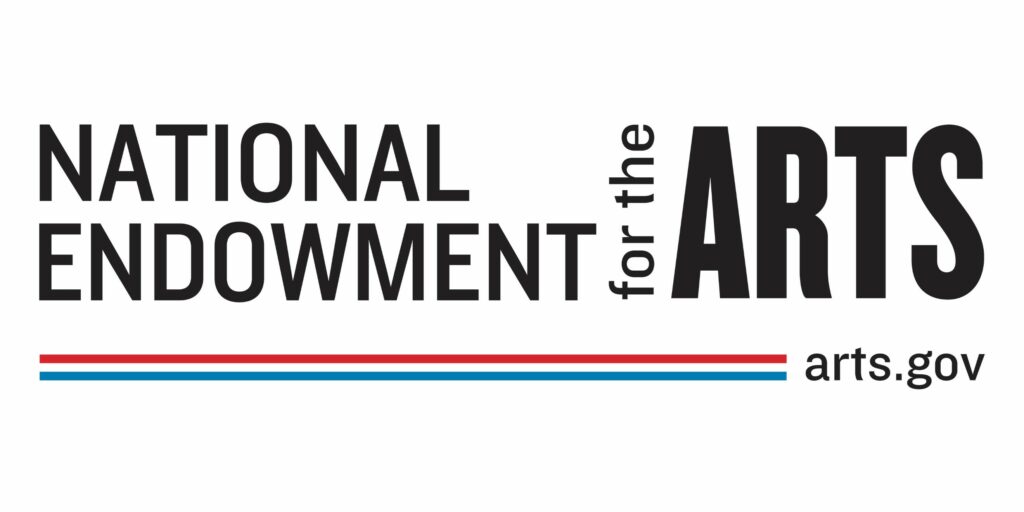
This work, funded by the National Endowment for the Arts, is exploratory. But even when viewed cautiously, these findings are clear:
- Substantial interest: There are significant numbers of young players from groups historically underrepresented in the field who want to pursue Western classical musical training. (Over 600 young people have applied to NYO2 annually since 2018, with a range of 22 to 34% of those individuals reporting that they come from historically underrepresented populations.)
- Excellence and diversity: There is no trade-off between selecting highly accomplished players and forming an ensemble that more nearly reflects the population of the contemporary U. S. The overwhelming majority of NYO2 players come from the upper half of external reviewers’ scores.
- Building opportunity: It is possible to identify and change many of the received habits of youth orchestra programs through the creation of deliberate opportunity structures, ranging from hiring faculty and conductors who reflect the identities of players to insisting that all students rotate through orchestral leadership positions, like first chair positions.
- Persistence and Engagement: Those opportunity structures can make a difference in who persists and engages actively in the classical music field. Significantly, these effects are especially marked for players from historically underrepresented groups who applied and enrolled in NYO2.
- These applicants are more likely to persist past an initially unsuccessful application than other groups of applicants.
- Compared to their peers who continue in the field, NYO2 historically underrepresented alumni report more hours a week in musical activity, reaching an average of nine hours more weekly, even as college students.
- Six years past their initial enrollment in NYO2, historically underrepresented interviewees, compared to their White and Asian peers, report higher percentages of continuing to play their instruments, being enrolled in conservatories or as music majors, wanting a career in music, and taking part in more socially-engaged music-making.
A commitment to diversity, equity, inclusion, and belonging demands going beyond optics of who and whose work is featured on posters and in performance. Working in deeply equitable ways that create lasting opportunities requires intense focus on identifying and changing received, unexamined, and exclusionarypractices. Where this happens, there are important consequences for how all young people see their lives as creators and contributors – and for the ways in which teachers, coaches, and organizations see their work. But the effects may be particularly strong among young people who have historically been marginalized. These changes, if pursued, could lead to a next generation of young players, conductors, composers, and audience members who enliven and sustain classical music in and beyond the concert hall.
Carnegie Hall has had the will and the resources to invest in this work at a national scale, but it is not alone. Other youth orchestras, pathway programs, and conservatories are doubling down on the work of diversifying the field of classical music. Beyond music there is an equally urgent conversation waiting to be held within fields like theater, ballet, and filmmaking, about who gains entrance, who thrives, and who persists. There is an equally important but uninitiated dialogue across highly competitive fields ranging from music to neuroscience and artificial intelligence. It is a conversation about what transforms the formal equities of recruitment and admissions to the substantive equity of equivalent opportunities to develop and persist. Building those opportunities is all the difference between being offered a place at the dinner table and having a fork, knife, and spoon to dig in and be nourished.

